The motivation to share an article on copyright and design imitation in the wedding industry came about earlier this year, following an experience that I was made aware of by an independent dress designer, who was contacted by another, more established (brand wise) dress designer and accused of copying their designs.
The experience the independent dress designer went through really made me think about things from the designers perspective and so I got in touch with Solicitors Lee & Priestley to see if they could offer a legal perspective. Thus the piece below has a focus on dresses, but can also be applied to accessories etc.
Felicity Harrison is an Associate at Lee & Priestley and specialises in IP law. If you have any questions from this article, Felicity can be contacted on 0845 129 2348.

So you’ve put your blood sweat and tears into a design for a new style of wedding dress, you may have spent hours hand stitching pearls and sequins onto the garment and have successfully marketed the product and sold the design. Some time later you spot an imitation dress on the market, this may seem illegal and certainly immoral to you, but can you do anything about it under Intellectual Property (IP) Law? This blog is going to examine that issue and briefly touch on the intellectual property rights that may attach to your design.
The short answer is that unfortunately it will be very hard to bring a successful action for copying the design, unless your garment is truly unique and the copycat version uses the key elements without too many design changes made, even then it may be hard to rely on the IP laws available. This is in part due to the very nature of the clothing industry in which designs are imitated, tweaked and modernised on a constant basis so that many pieces are recycled from existing, or older designs. However, this comment may be less true in the world of wedding dress design than for the fashion industry generally, as more handiwork will be required and there is no ‘standard’ shape, or style of wedding dress. The problem is that there is no obvious fit in intellectual property law to protect the work that has gone into a design because of various quirks in the law.
All designs will start out as an idea that may have taken considerable time and energy to develop, yet a mere idea is not protectable in its own right. Where those ideas are put down on paper, copyright will automatically subsist in the design drawings. Any copying of the drawings, or a substantial part of them, can classify as a copyright infringement. This includes reproducing the drawings in a material form and making a three dimensional garment from them. However the design drawings must be original and you would need to show that the copycat design is the same or substantially similar to yours and that the reason for the similarities is because the defendant had access to your design.
If yours was on the market first this may lead to an inference of copying, however the defendant is likely to say that they were not aware of your design and have merely been inspired by the general body of design in the public domain and have made an original contribution themselves so that any similarities are coincidental. Clearly the more elaborate and unusual the design the easier it will be to prove copying but if there are similar dresses to your design already out there and if the defendant has made some changes/flourishes of their own, copying is going to be very hard to prove.
Moving on from the sketching process, once a prototype design or pattern is created design rights will exist, whether registered, or unregistered, UK or EU. UK unregistered design rights exist automatically and protect any aspect of the shape or configuration of an original design; however surface decoration is not protected. This clearly is problematic for wedding dress designers as the beading, diamantes and any other surface decoration will not be protected.
Various attempts have been made to bring features of clothing into the UK design regime but these have mostly been unsuccessful. For example an attempt to protect the selection of colours and their application to a tracksuit top was unsuccessful as the court said this was not part of the shape or configuration of an article. Similarly an action for infringement of copyright and design rights in respect of designs for a shirt, jumper and cardigan was turned down as the Court of Appeal ruled that copying the essential shape and overall dimensions of the garments did not constitute design right infringement. Again these cases occurred in the high volume, transient realm of the fashion industry and did not involve wedding dresses but unless your item is bespoke it will be hard to rely on unregistered design rights if your shape/style of dress has been made before or even if the ‘copycat’ looks like your design but has been modified. Even if substantial parts of the design have been copied, the imitation design could still be original if, taken as a whole, it is new, significantly different to your design and the result of the independent work of the other designer.
You could seek to register your one off dress design as a UK (or even Community) registered design and this will give you the exclusive right to use the design but does involve costs. Each new design would need to be separately registered with its own registration fees. It should also be noted that the design should not be disclosed to the public before an application for registration has been made and so this does involve some pre-planning.
Registered design rights protect the appearance of the whole or part of a product, in particular the lines, contours, colours, shape, texture, or materials of the product/garment itself or its ornamentation so surface declaration can be protected. Both mass produced products and handcrafted ones can be protected. To be capable of registration the design must be new so no identical design should have been made available to the public before the application was made, or any design that differs in only immaterial details. The design must also have “individual character” i.e. it must produce a different overall impression on the informed user than any earlier design considering the nature of the product to which the design is applied, the industrial sector to which the product belongs and the degree of freedom of the designer in developing the product.
So to successfully register a wedding dress the design should be clearly different from any other dress previously made available. It must also produce a different impression on the informed user i.e. someone who has an awareness of wedding dress design and knows about the degree of design freedom available to all designers. So again unless your design is truly unique or bespoke it may not qualify for protection. Even if you do manage to get the design registered and then seek to rely on it if the design is copied, the defendant is likely to attack the validity of the design in any court proceedings so will try to argue that it is not new and has no individual character to invalidate the design and allow them to keep producing their rival/imitation product.
Design rights have been used by a number of fashion houses, including Jimmy Choo and Chloe to protect their designs and remove cheap copy versions from the market, however, there is very limited case law on the use of these rights to stop copycat designs.
In terms of wider issues it is possible to register your company or product name, logo or key brands as trade marks so that you have the exclusive right to use them within the sector specified in your application. Even without registration it may be possible to rely on the law of passing to protect your rights in a brand where someone is trading off the goodwill and reputation that you have created but this will help to protect the wider company or product name, rather than an individual dress design.
So unfortunately IP laws will not get you very far in protecting your design, ultimately you will need to rely on creativity, quality and design innovation to make sure that it is your garment that would be brides want to buy.
Felicity Harrison
Felicity Harrison is an Associate at Lee & Priestley and specialises in IP law, if you have any questions from this blog Felicity can be contacted on 0845 129 2348.
You may also wish to visit the ACID website for further information about how to protect your designs.




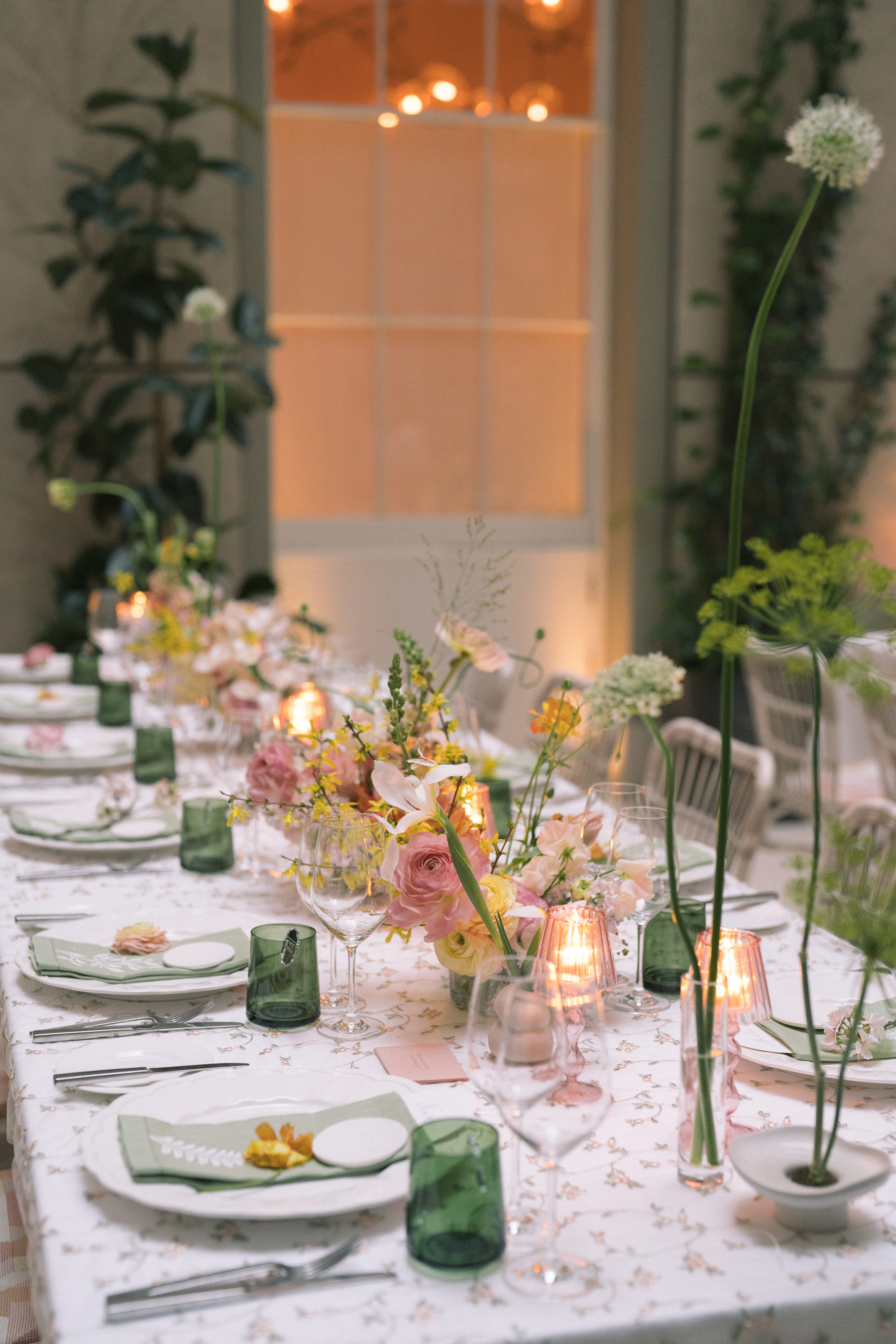
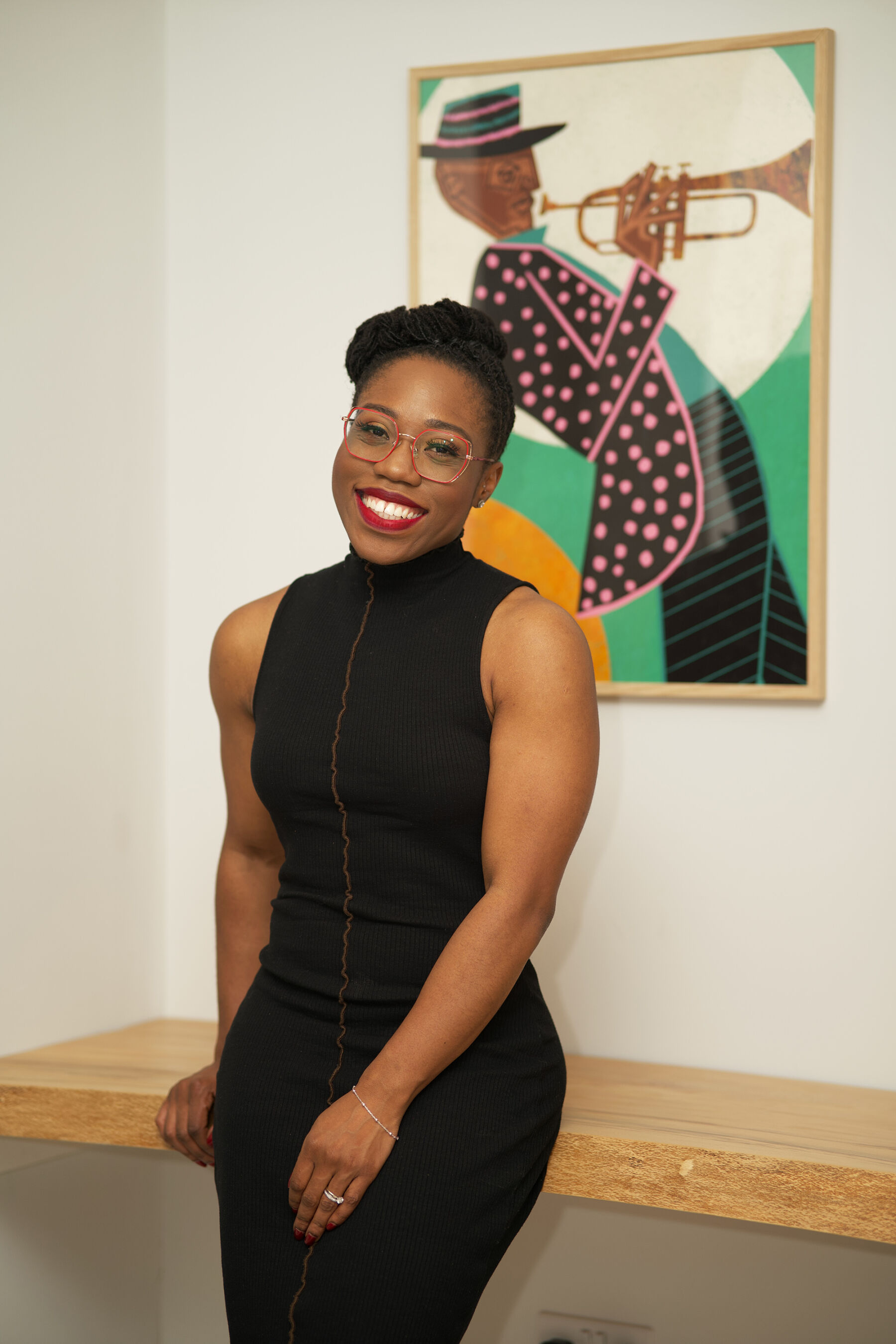
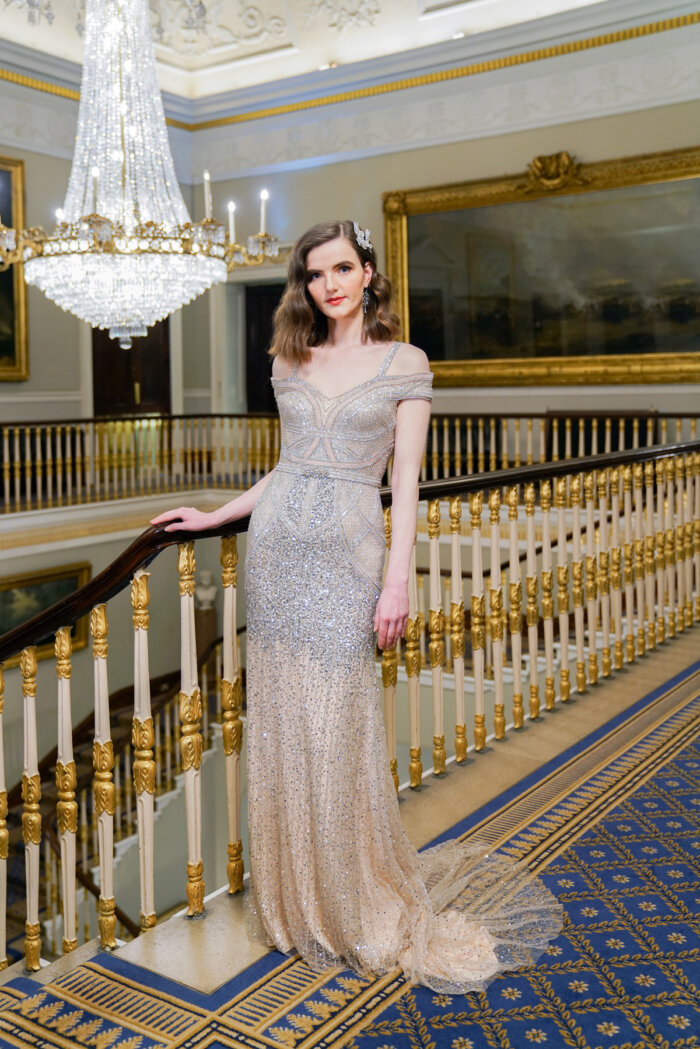
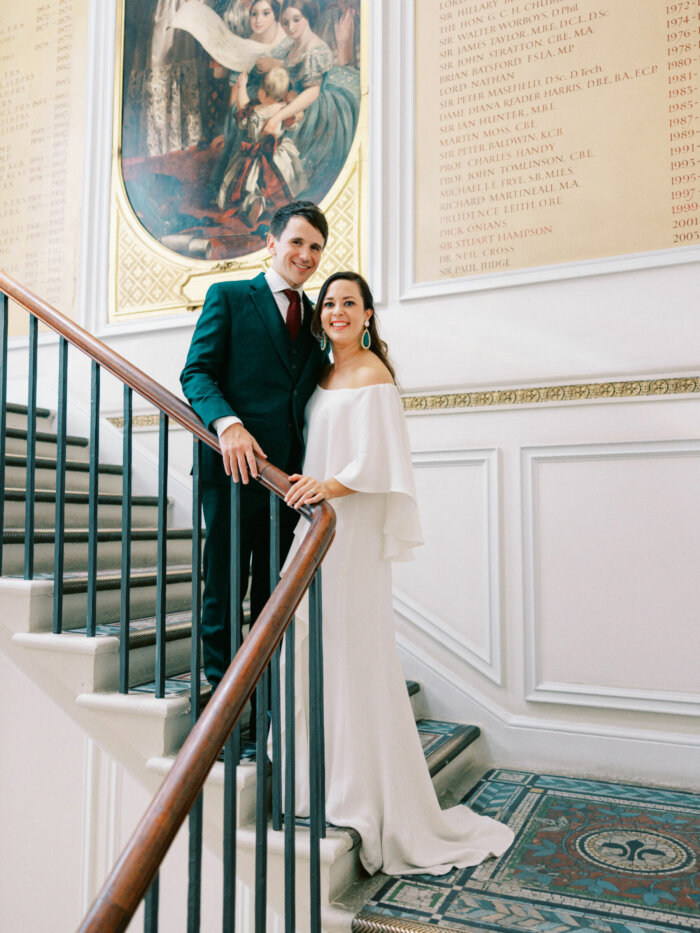
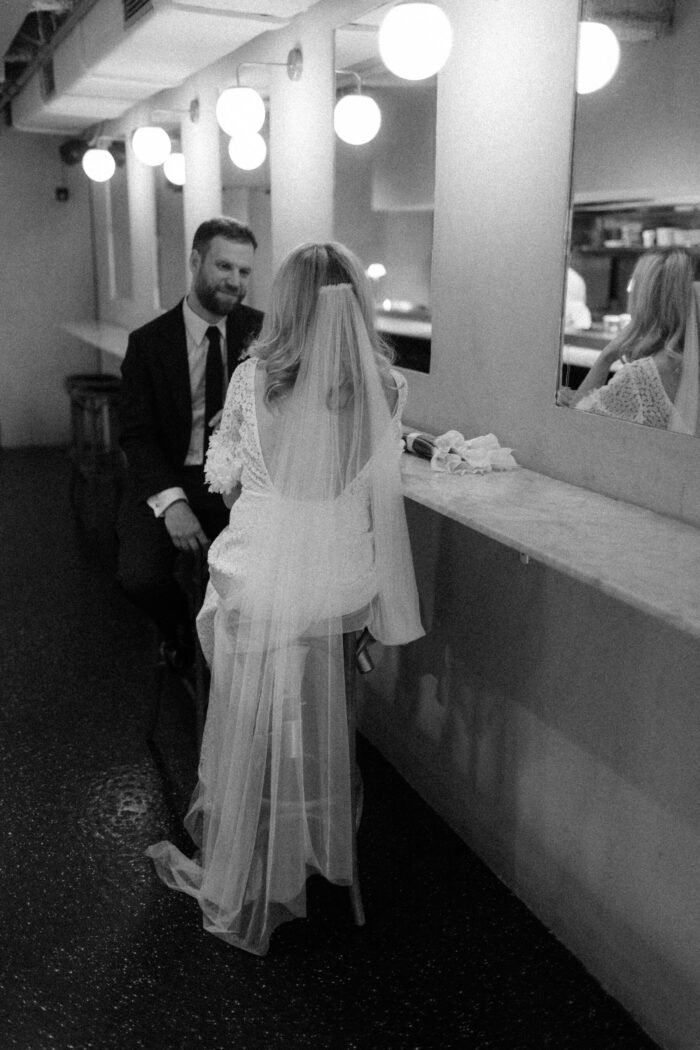
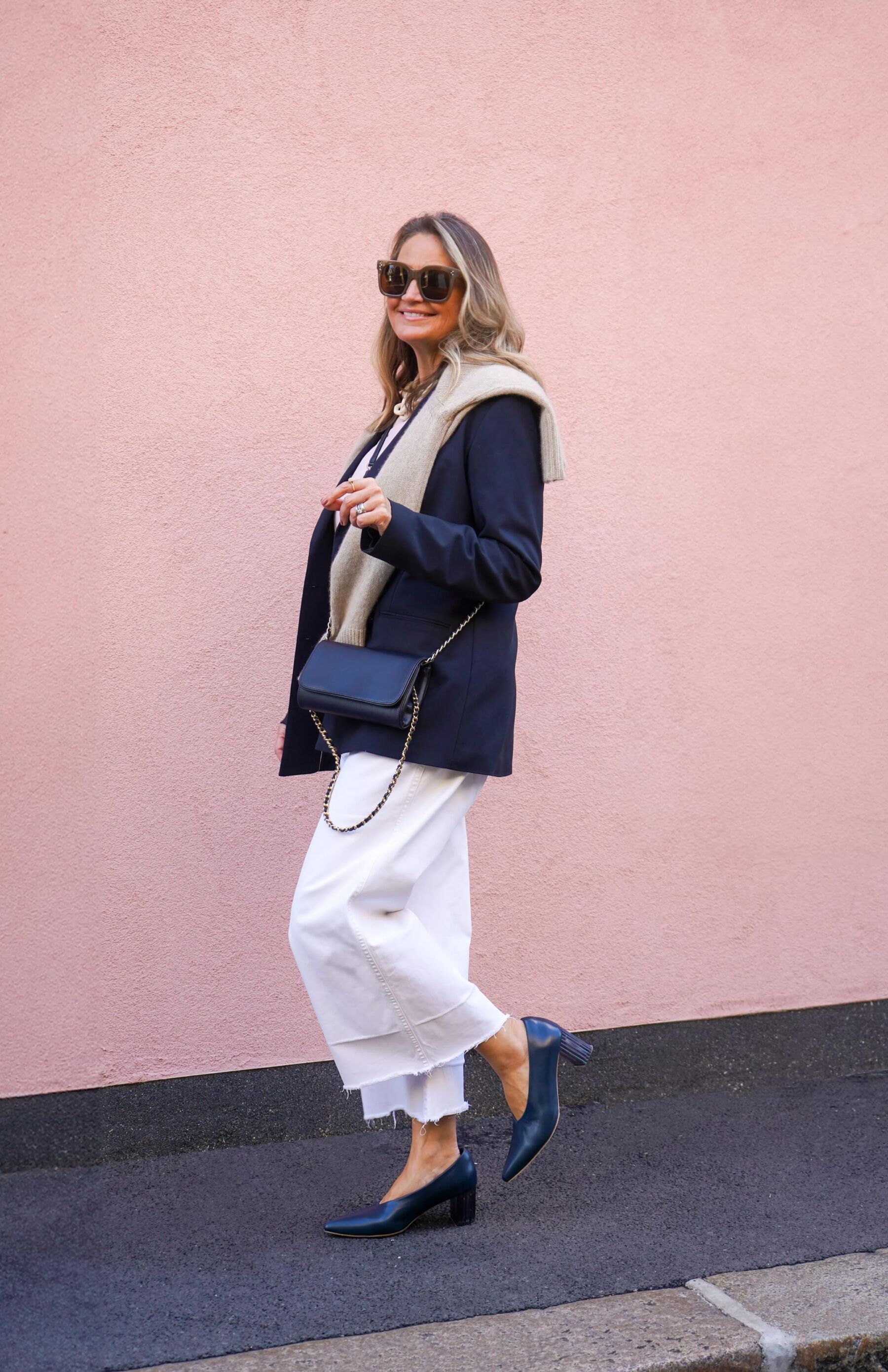
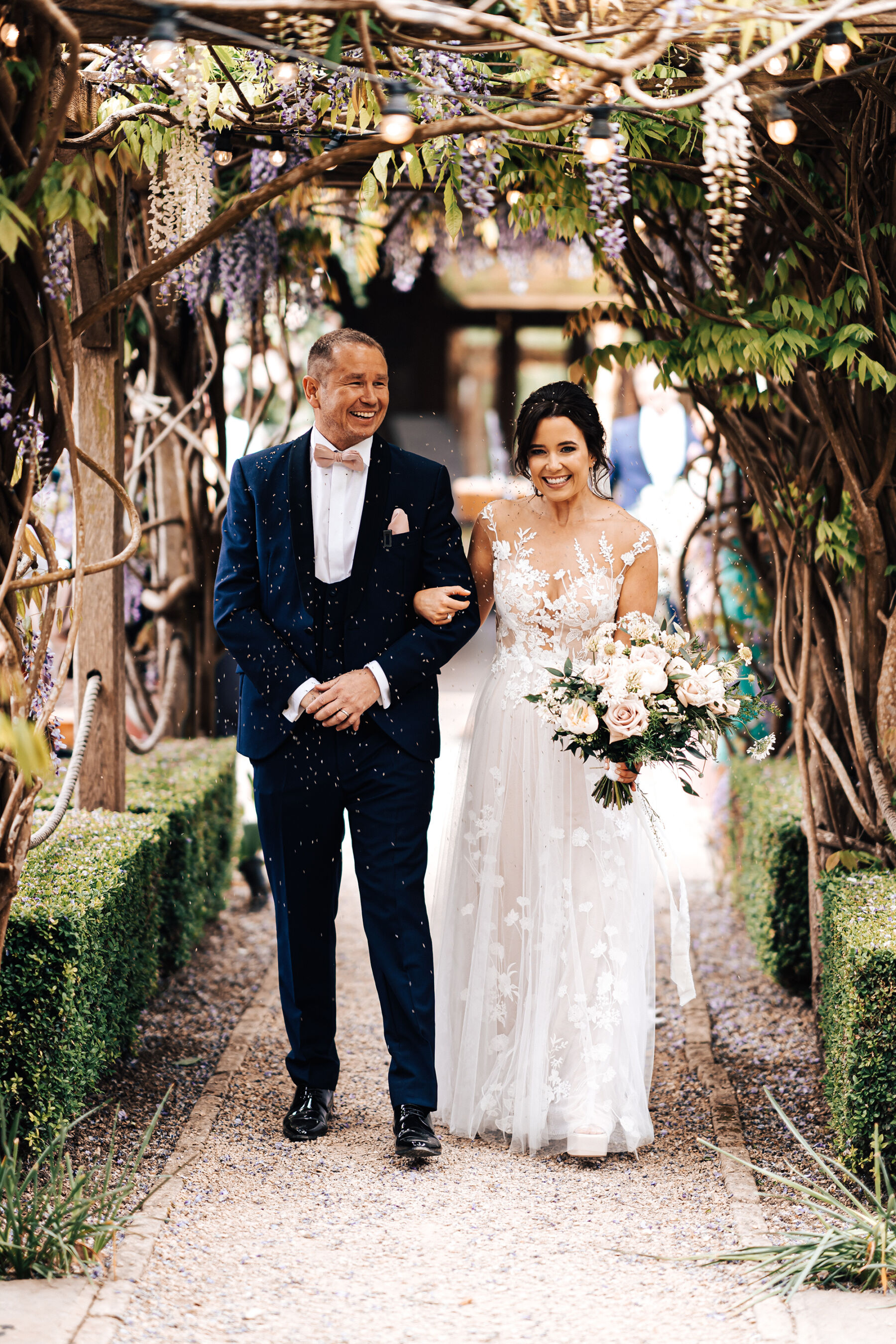
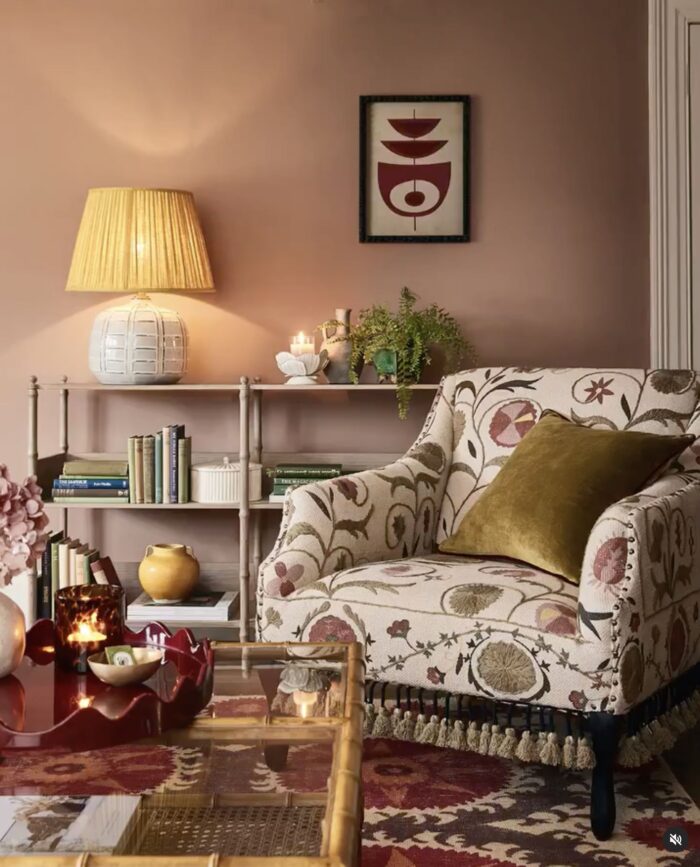
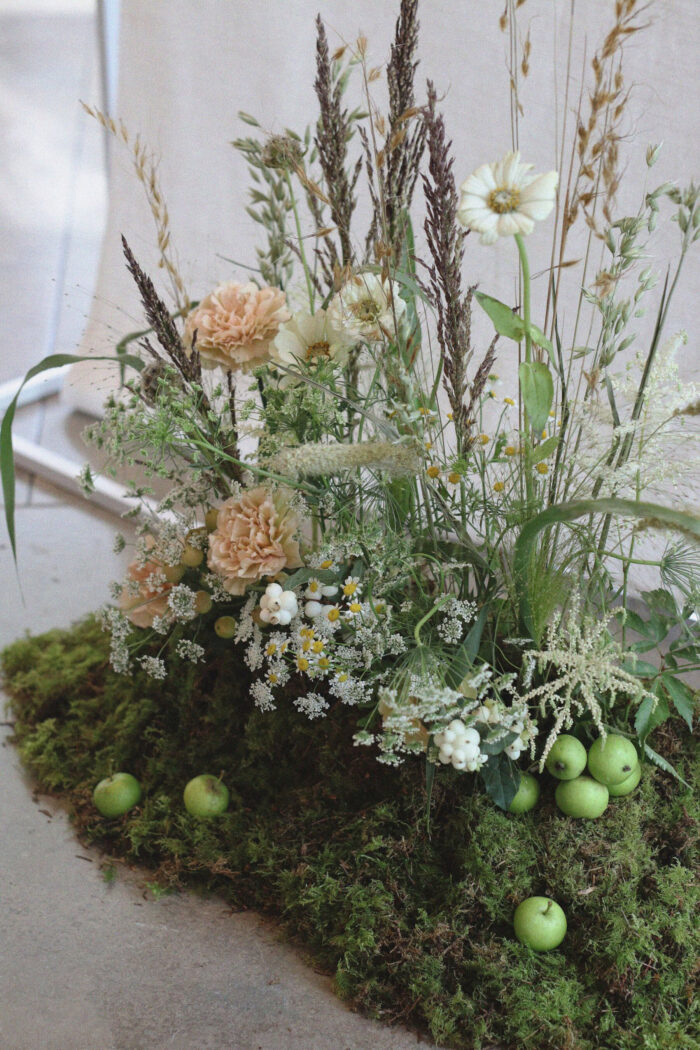

I’m going to comment on this as there seems to be so many grey areas. There was a good feature Attire Bridal Magazine by ACID (anti copying in design) FB page here
https://www.facebook.com/Anti.Copying.In.Design.
There were many facts and myths, 1 being you had to make 7 changes to a design to make it yours.
One thing I really would like to know is, how does this affect Sarah Burton with the dress she designed for kate Middleeton. I mean, manufacturers (one I saw at BBEH) has even called their gowns the Kate and Pippa Copy! How do they get away with that?
Good question Linda! I don’t see how they could get away with it if the original designer wanted to take action?
I too am an Idependent Dress Designer, specialising in Wedding dresses. On a few occasions I have had propective clients asking for a copy of particular dresses to which my answer is a resounding NO. I know how much effort I put into designing a dress for each individual client so to copy another’s design would not fulfill my creativity.
I feel there is also a ‘code of practise’ which has to be followed, I just wouldn’t copy another designer’s work out of respect for that designer. Each designer has their own way of cutting, making and finishing and for that the client must go to the designer that they are drawn to.
Thank you for the post Annabel, definitely good to have it all in one place and I shall certainly be referring back to it if I need to! I unfortunately had an issue earlier in the year with a copy of one of my designs and found out how limiting my options were, luckily it was resolved quickly but a very stressful few days and frantic calls/emails took place first.
In mentioning the trademark point, would you believe that a certain mass produced ‘buy it online and get a personalised card sent out’ company are actually advertising with google when you search for ‘cards by sophie’… have a go! I can’t do anything about it because I’m not trademarked! Such an irritating issue!
Rant over now… Have a great weekend 🙂
Sophie x
Interesting read especially as I had the need to try to get to grips with the complexeties of understanding copyright recently!
The Sarah Burton Royal weding dress was always destined to be copied. I am sure that copyright law applies here however I would be very surprised if any issue were taken over the many copies of the dress.In fact it would be an unbelievably skilled team to actually copy the dress, the myriad of lookalikes are simply aproximtions of the original. I have read that in the fashion industry it is understood that a certain amount of copying is good for all as it stimulates business and keeps the inovators moving foreword.
I have had a photograph ( my photograph my dress) lifted and put on a dodgy site offering to make the dress for a 10th of the cost. I almost ordered one!to see what it looked like.
I have had the very upsetting experience of being accused of copyright infingement and found this way more of an outrage on so many levels.It is not nice to feel that some bigger company is trying to knock you off your perch!
As an independent designer making many vintage style dresses taking inspiration from original vintage dresses and modern twists I am in good company. There are many of us working in this genre supporting each other without any issues. I do think that it would be pretty uptight and arrogant of me to claim exclusivity to what are such iconic shapes. There is so much cross fertilisation of ideas in the wedding dress design world it would be imposible to unravel who did what first and who copied who!
When I was first starting out another designer and shop owner approached me at a show to collaborate with her. I was excited as she’s quite well known and duly sent her some samples. Since then she doesn’t respond to my queries and is passing those samples off as her own – I’ve had people making enquiries for pieces to see if orders come through to me but they never do. I don’t really know what to do about this at all so I’ve kind of just chalked it up to a bad experience.
Hello Felicity here who wrote the original article on the extent to which IP law can protect designs. I thought I would come back on some of the comments posted on the article to see if I can provide any further clarification where this is possible!
1. Firstly in relation to the Sarah Burton dress, this certainly was always destined to be copied and I think is more a question of the designer not wanting to take action rather than them not being legally entitled to. By calling a copycat gown a Kate or Pippa copy there couldn’t be clearer evidence of where the design has come from but it is up to the designer as to whether they wish to take action and they do say imitation is the best form of flattery!
2. The trade mark point mentioned to do with Google searches is a complex one with lots of case law recently happening at European level in relation to this. The case law currently says that you can use some else’s trade mark to generate a sponsored link to your, rival website and so can purchase any word, including registered trade marks as part of the Google Adwords service. This will only be a trade mark infringement where customers could be confused by the actual wording of the advertisement that is generated, for example if they cannot tell which website it is leading to. However if the ad is clear then there will be no case for confusion and the law says it is currently “fair game”.
3. Where the photograph has been lifted and put on an alternative site offering to make a copycat dress this would be good evidence of copyright/unregistered design right infringement although the limitations of bringing an action like this were discussed in the original article. There is also a copyright infringement due to the lifting of the photograph taken by Dena who can ask them to take it down as it is an infringement to copy her copyright protected work.
4. Lastly in relation to Amy F’s post there could be a passing off claim in relation to the use of clothing samples by a third party. You would need evidence that the samples were recognisable as your own i.e. that you have had goodwill and a reputation in them. Also that consumers are being confused by the sale of these samples by the third party since they think they are buying products made by you. Alternatively there could be a copyright unregistered design right infringement here, again the limitations posed by bringing these actions are discussed in the article.
I hope that has helped, the web of IP rights in this field can be a bit confusing.
Really Really interesting post, I too get asked to make copies and those are the brides I turn away. I don’t want to copy work I wan design things bespoke to them. We all need morals and whilst we can admire and be inspired by other peoples talents and designs we should always take great respect for fellow designers and never copy. I had an issue last year not with a copy of a design but someone started a business like mine using my business name and adding a word on the End, clearly trying to ride off my reputation! That was a costly process but ended up with me buying my name as a trademark to prevent it happening in future. Thanks again for the help and advice.
Hi just seen this article. I too have been asked to copy other designs even as far back as in the 1980s. I always refuse as appreciate how much time it takes to design. Thank you for sharing this advice.
Unfortunately this is a widespread issue and while many designers have the integrity to refuse to produce copies, relying on people’s honesty is rarely enough to guarantee the safety of one’s work. At http://www.blucky.co.uk/weddings/ we have seen some truly beautiful creations over the years and I like to think that the quality of an original shows through over and above the standards of imitations.